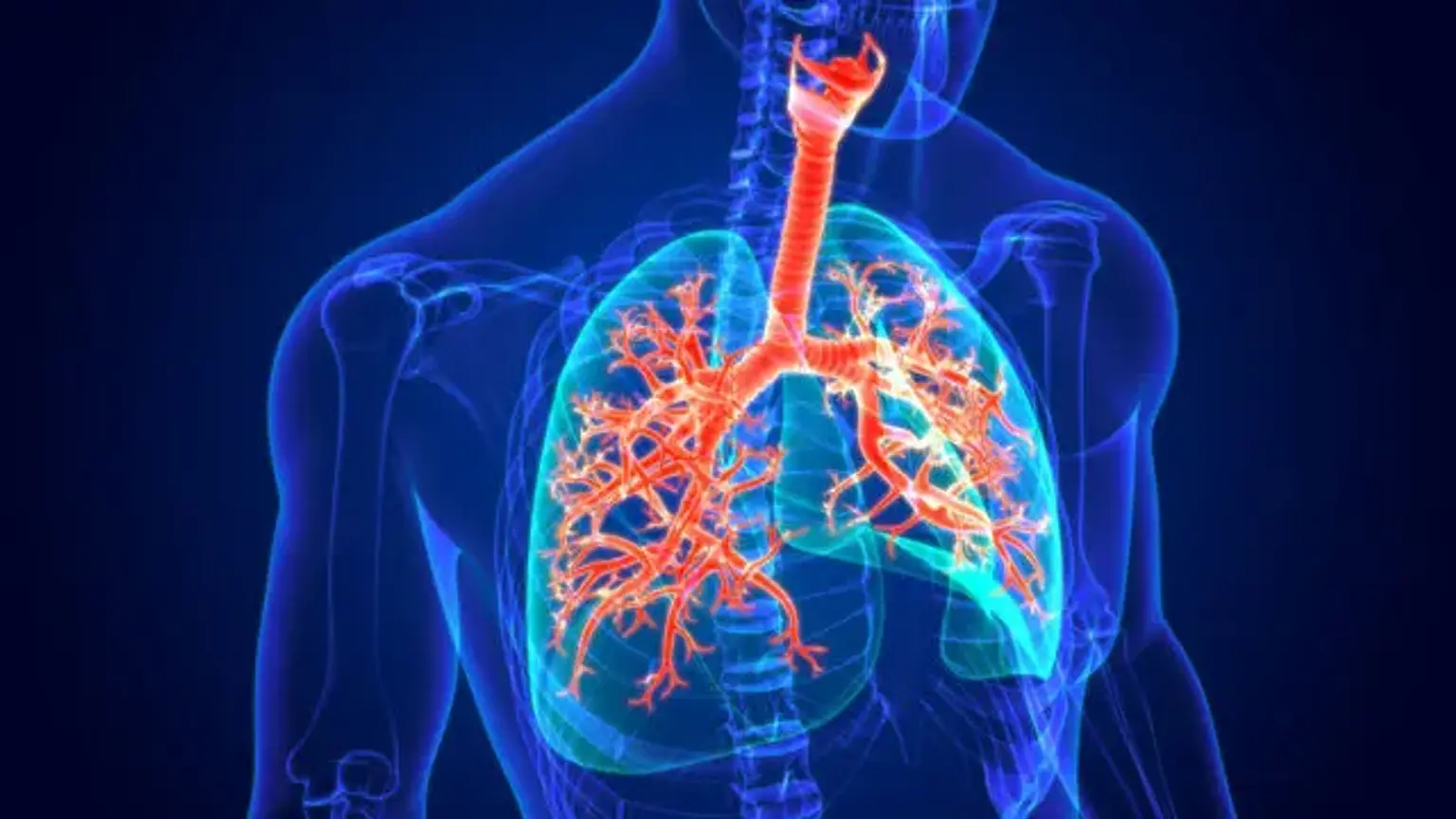Respiratory Disease
Overview
The respiratory system is highly susceptible to a number of mild to chronic health diseases, infections, and allergies. Individuals with respiratory disease usually experience breathing difficulties. If not diagnosed and treated on time, this could result in severe complications and eventually death.
